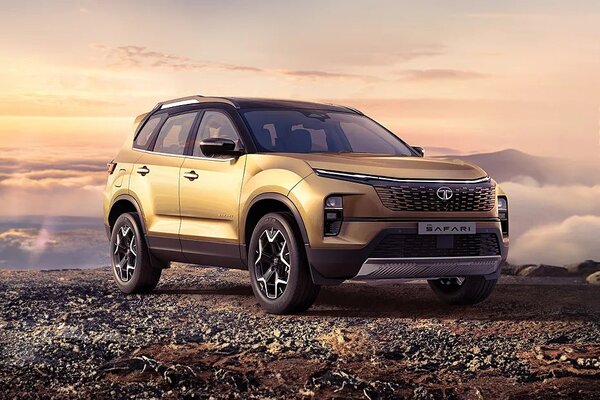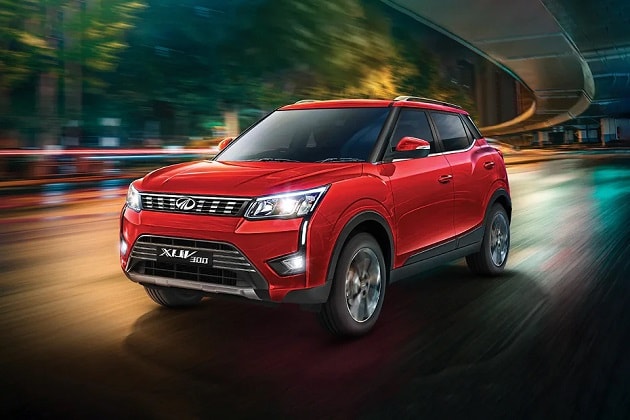Tata Motors aims to bring multiple EVs for buyers across segments


Tata Motors is planning to introduce a range of electric vehicles with varied price points with multiple body styles and features in order to offer a wide range of options to customers. Tata Motors recently introduced the Tata Avinya concept electric vehicle which is based on the company's new Pure EV third-generation architecture. Currently, the company leads the domestic electric passenger vehicle segment.
Tata Motors Passenger Vehicles Managing Director Shailesh Chandra has stated the company wants to cater to all kinds of customer segments, and their requirements at different affordability levels, body styles, feature levels and different levels of experience. He also added the company expects each of these product trims to hold a significant portion of the Indian market.
Also check these Cars
Also Read : Tata Motors registers 66% growth in April, sells 41,587 cars
Tata Motors, which introduced an all-new electric vehicle architecture last week wants to bring in multiple advanced EVs starting from 2025. The Tata Avinya concept electric vehicle, based on the automaker's gen-three architecture, will come in multiple body styles. The new electric models will come with an enhanced range of over 500 km and above. They will also feature new-age technologies, software and artificial intelligence.
Bringing in a new generation EV architecture does not mean Tata Motors will pull off the previous generations. “All of these three-generation products will co-exist," added Chandra, PTI reported. The first generation electric vehicles like Nexon EV and Tigor EV were derived from existing products. These EVs offer a range of around 250 km.
Also Read : Tata Avinya EV concept breaks cover, offers over 500 km range, to launch in 2025
Chandra also added Tata Motors is driving its electrification strategy following the government vision that EVs should account for 30 per cent of the total passenger vehicle sales by 2030. “We would like to be much higher than that by the 2030 timeline. We exited March this year at 8 per cent penetration, and I am sure that by the end of this financial year, we will be in the double-digit. In the five year timeframe, we will be in the range of 20-25 per cent penetration," he added.







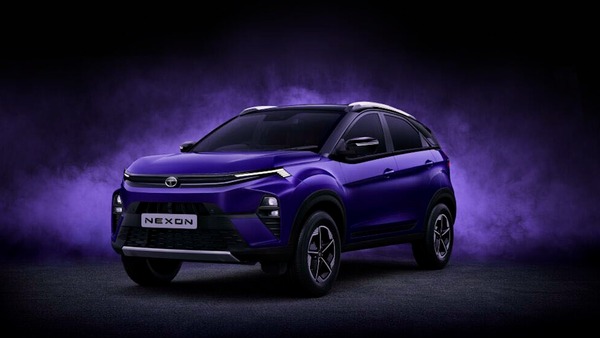
 1497 cc
1497 cc Multiple
Multiple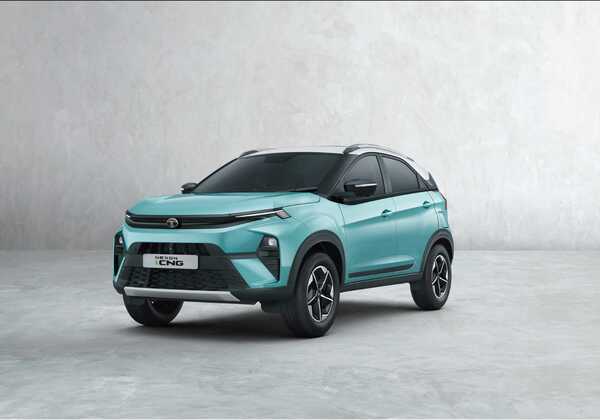
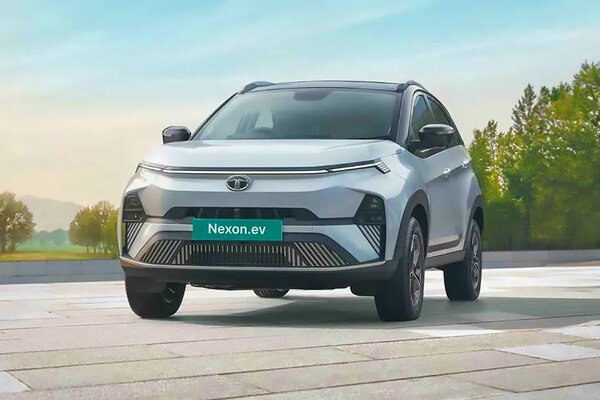
 40.5 kWh
40.5 kWh 465 km
465 km